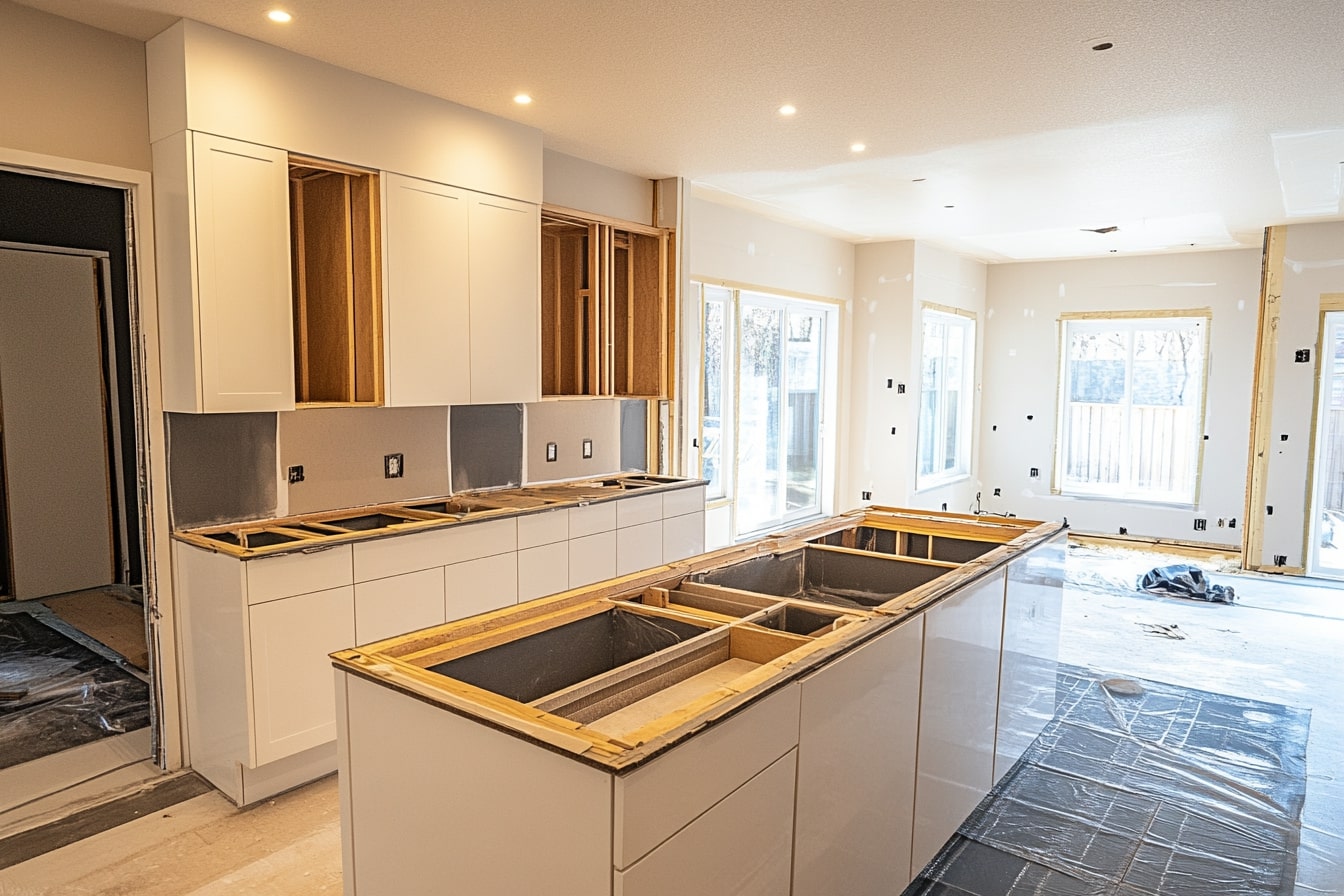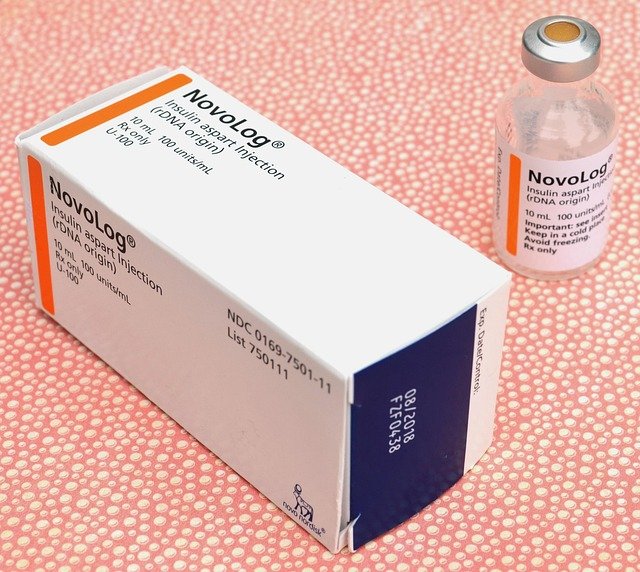Smart Buying Guide for Unsold Modular Kitchen Inventory
Purchasing an unsold modular kitchen can be a strategic decision that offers significant savings while meeting your renovation needs. These pre-built kitchen sets, often available at discounted prices from manufacturers and retailers, present unique opportunities for homeowners looking to upgrade their cooking spaces efficiently. Understanding the benefits and considerations involved in selecting unsold inventory can help you make an informed decision that balances quality, cost, and functionality for your home renovation project.

How Unsold Inventory Can Benefit Renovation Timelines
Unsold modular kitchen inventory offers remarkable advantages for accelerating your renovation schedule. Since these units are already manufactured and immediately available, you can eliminate the typical 4-8 week production wait time associated with custom orders. This immediate availability allows you to coordinate installation with other renovation activities more effectively, preventing project delays that commonly occur when waiting for kitchen components.
The streamlined procurement process means fewer decision points during the renovation phase. Instead of selecting individual components, finishes, and hardware over multiple appointments, you can evaluate complete kitchen sets and make faster purchasing decisions. This efficiency particularly benefits homeowners working within tight renovation windows or those dealing with temporary kitchen arrangements.
Additionally, manufacturers often provide detailed specifications and installation guides for their unsold inventory, enabling contractors to prepare more accurately for installation. This preparation reduces on-site complications and helps maintain project momentum throughout your renovation timeline.
Key Considerations Before Purchasing Unsold Modular Kitchen Sets
Several critical factors require evaluation when considering unsold modular kitchen inventory. First, assess the dimensional compatibility between the available kitchen set and your space requirements. Unlike custom solutions, pre-built units offer limited flexibility for modifications, making accurate measurements essential for successful installation.
Warranty coverage represents another crucial consideration. Verify whether the manufacturer’s standard warranty applies to unsold inventory or if modified terms exist. Some retailers may offer shorter warranty periods for discounted units, while others maintain full coverage to ensure customer satisfaction.
Storage and delivery logistics also demand attention. Determine how long the inventory has been stored and under what conditions. Proper storage prevents moisture damage, warping, and finish deterioration that could affect long-term performance. Confirm delivery schedules and installation support availability, as some manufacturers prioritize current production over older inventory for service scheduling.
Things to Double-Check Before Selecting a Pre-Built Kitchen Model
Thorough inspection of pre-built kitchen models prevents costly surprises after purchase. Examine all cabinet doors, drawers, and hardware for proper alignment and smooth operation. Check for any signs of damage, scratches, or wear that may have occurred during storage or handling.
Verify the completeness of all components by reviewing the original specification sheet. Ensure that handles, hinges, drawer slides, shelves, and any specialized accessories are included and accounted for. Missing components can delay installation and add unexpected costs to your project.
Color consistency across all units deserves careful attention, particularly for kitchen sets that may have been stored under different conditions or come from separate production batches. Slight variations in wood grain, paint finish, or laminate texture can become noticeable once installed, affecting the overall aesthetic appeal of your kitchen.
Quality Assessment Standards for Pre-Built Kitchen Units
Establishing quality benchmarks helps ensure your unsold kitchen inventory meets acceptable standards. Inspect cabinet construction for solid joinery, particularly at stress points like corner connections and hinge mounting areas. Quality units feature reinforced joints, proper edge banding, and consistent finish application throughout all surfaces.
Test all moving components multiple times to assess smooth operation and durability. Drawer slides should operate without binding or excessive play, while door hinges should provide consistent alignment and soft closing action where advertised. Any resistance or irregular movement may indicate manufacturing defects or storage-related damage.
Evaluate the overall fit and finish by examining seams, edges, and surface treatments. Professional-grade modular kitchens maintain consistent gaps between components, smooth surface transitions, and uniform color matching across all elements. These details significantly impact both appearance and long-term performance in daily use.
Global Market Insights for Modular Kitchen Inventory
The worldwide modular kitchen market has experienced substantial growth, with increasing emphasis on efficient manufacturing and inventory management. European manufacturers like Nobilia and Häcker lead in producing high-quality pre-fabricated units, while Asian manufacturers focus on cost-effective solutions with improving quality standards.
In North America, companies such as IKEA and Home Depot maintain significant unsold inventory levels, particularly during seasonal transitions and model year changes. These retailers often provide substantial discounts on previous-year models to clear warehouse space for new designs.
Emerging markets in Asia and South America show growing demand for modular solutions, creating opportunities for manufacturers to redirect unsold inventory from saturated markets. This global redistribution often results in attractive pricing for consumers willing to consider slightly older designs or color schemes.
Cost Analysis and Provider Comparison
Understanding pricing structures for unsold modular kitchen inventory helps identify genuine value opportunities. Discounts typically range from 20-50% below original retail prices, depending on inventory age, design popularity, and storage requirements. Some manufacturers offer additional incentives such as free installation or extended warranties to move older inventory.
| Provider | Kitchen Style | Original Price Range | Discounted Price Range | Warranty Period |
|---|---|---|---|---|
| IKEA | Contemporary | $3,000-$8,000 | $2,100-$5,600 | 25 years |
| Home Depot | Traditional/Modern | $4,000-$12,000 | $2,800-$8,400 | 1-5 years |
| Nobilia | European Premium | $8,000-$25,000 | $5,600-$17,500 | 5 years |
| Häcker | German Engineering | $10,000-$30,000 | $7,000-$21,000 | 5 years |
Prices, rates, or cost estimates mentioned in this article are based on the latest available information but may change over time. Independent research is advised before making financial decisions.
Conclusion
Purchasing unsold modular kitchen inventory presents compelling advantages for cost-conscious homeowners seeking quality solutions within accelerated timelines. Success depends on thorough evaluation of dimensional compatibility, component completeness, and quality standards before making purchasing decisions. While these pre-built options offer limited customization compared to made-to-order solutions, they deliver significant value through immediate availability and substantial cost savings. Careful consideration of warranty terms, installation support, and long-term durability ensures that your investment in unsold inventory provides satisfactory performance throughout years of daily use.



